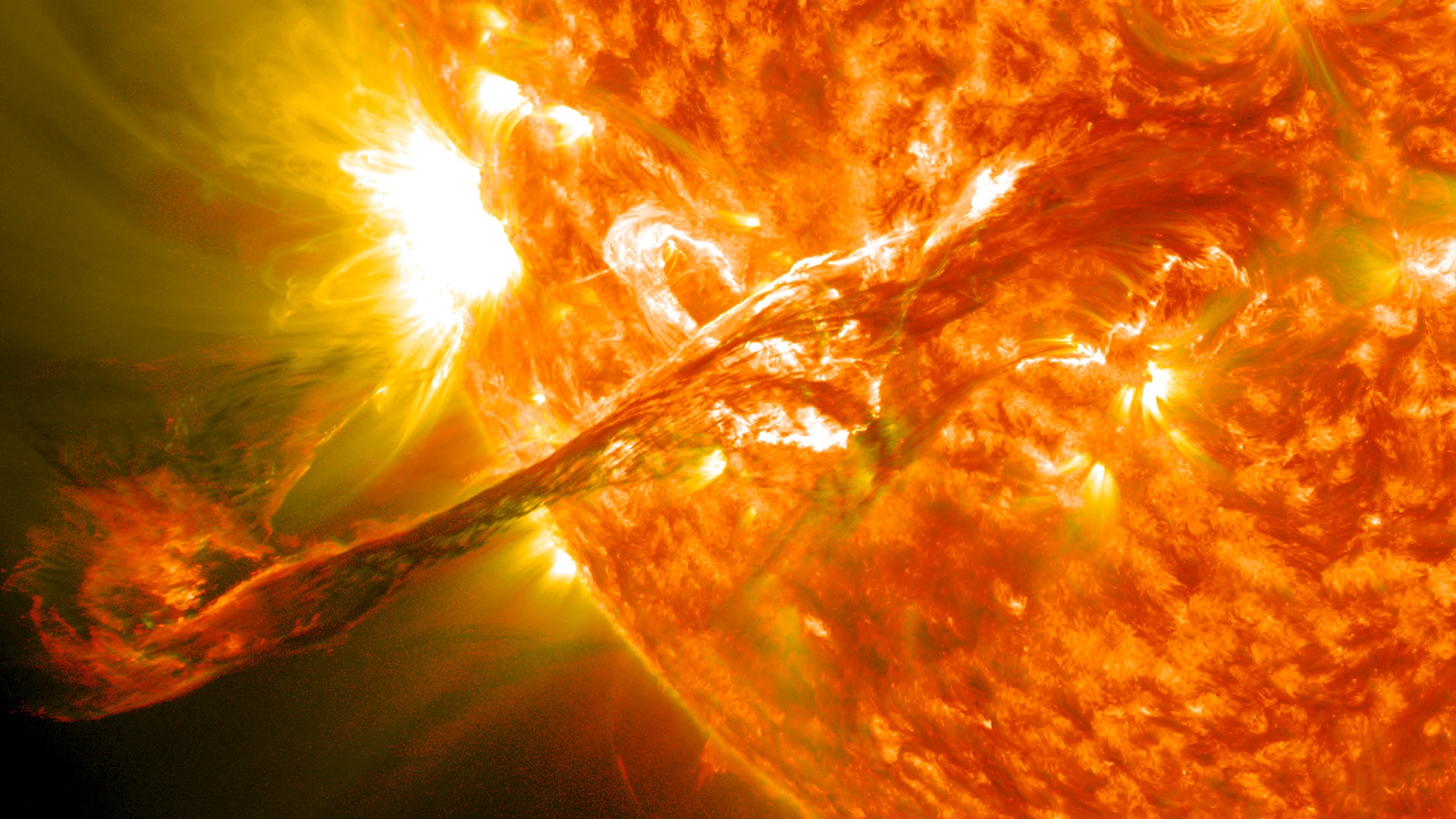Small primordial black holes (PBHs) are one of the hot topics in astronomy and cosmology today. These hypothetical black holes are believed to have formed soon after the Big Bang, resulting from pockets of subatomic matter so dense that they underwent gravitational collapse. At present, PBHs are considered a candidate for dark matter, a possible source of primordial gravitational waves, and a resolution to various problems in physics. However, no definitive PBH candidate has been observed so far, leading to proposals for how we may find these miniature black holes.
Recent research has suggested that main-sequence neutron and dwarf stars might contain small PBHs in their interiors that are slowly consuming their gas supply. In a recent study, a team of physicists extended this idea to include a new avenue for potentially detecting PBHs. Basically, we could search inside objects like planets and asteroids or employ large plates or slabs of metal to detect PBHs for signs of their passage. By detecting the microchannels these bodies would leave, scientists could finally confirm the existence of PBHs and shed light on some of the greatest mysteries in cosmology today.
Continue reading “Primordial Holes Could be Hiding in Planets, Asteroids, and Here on Earth”









